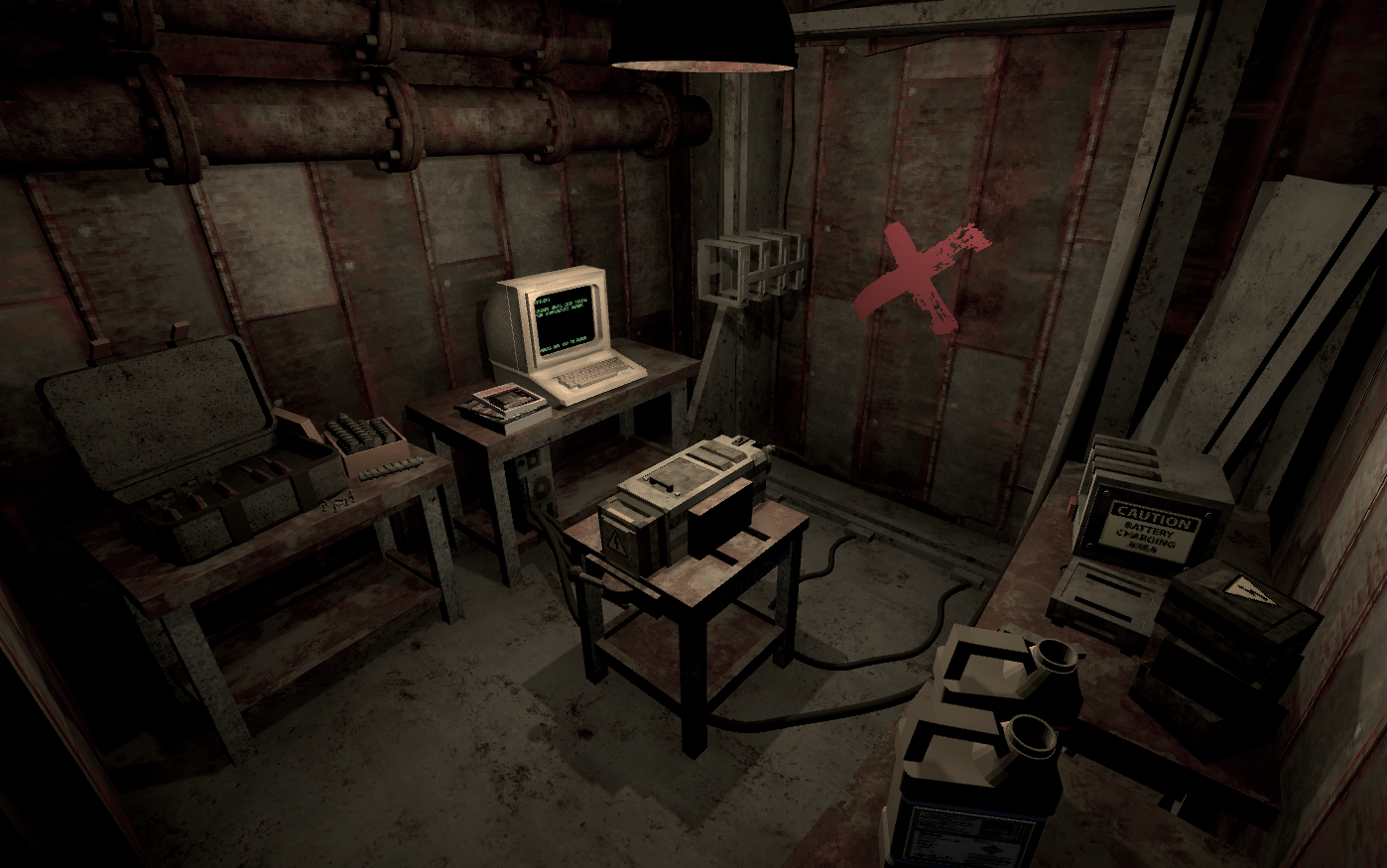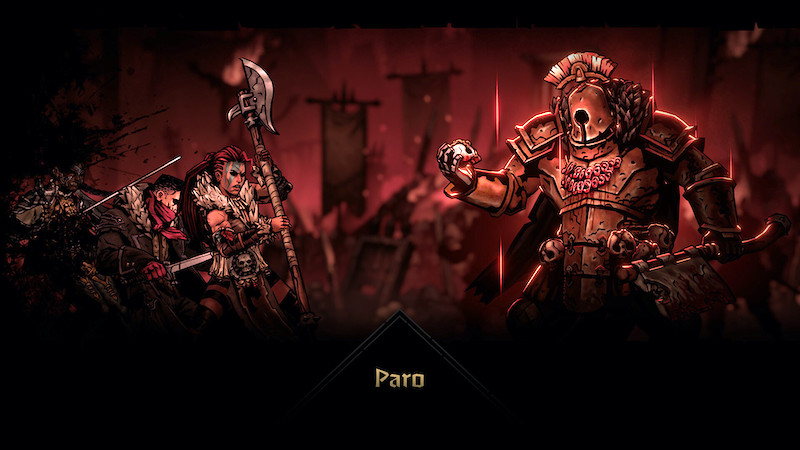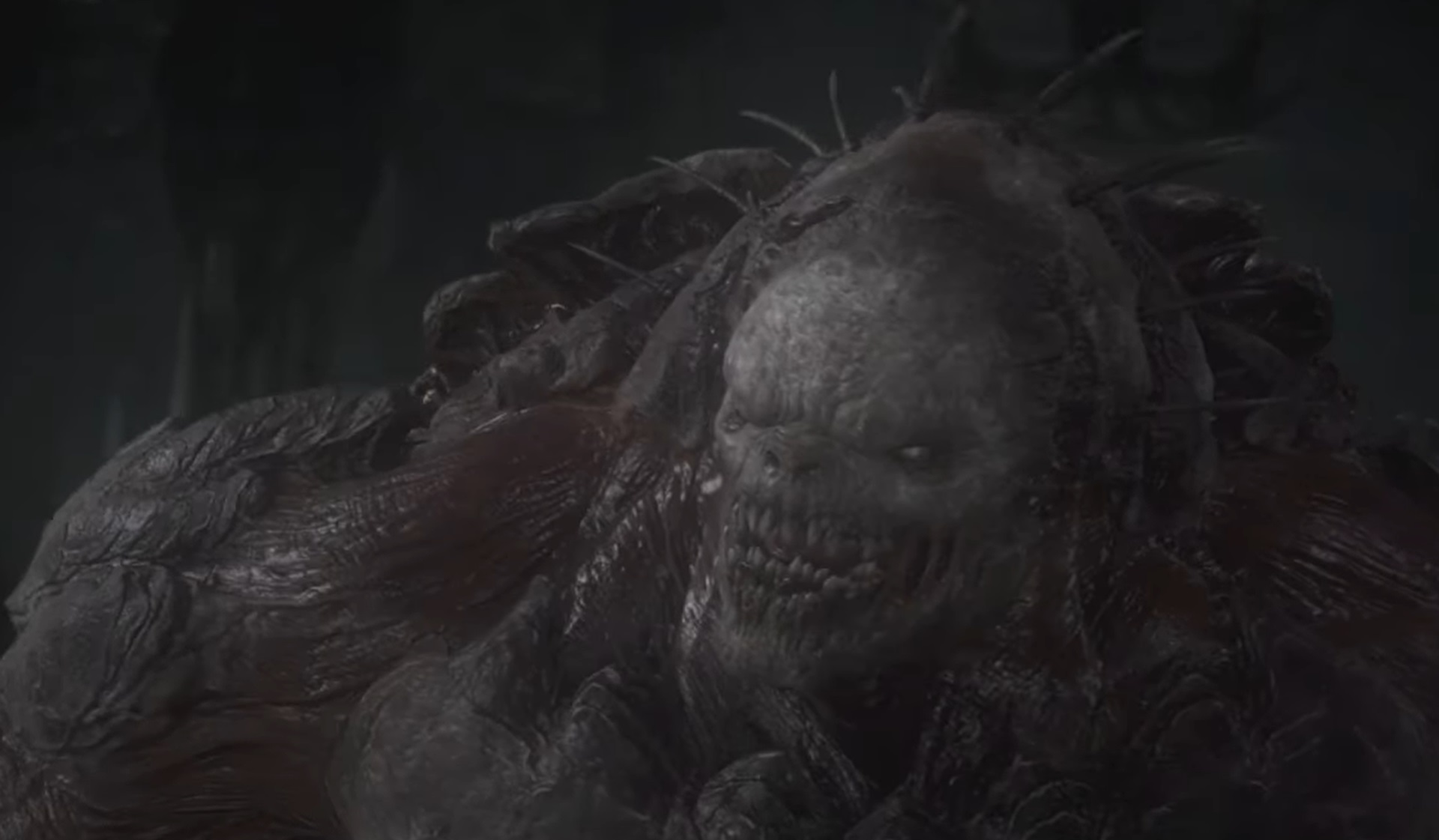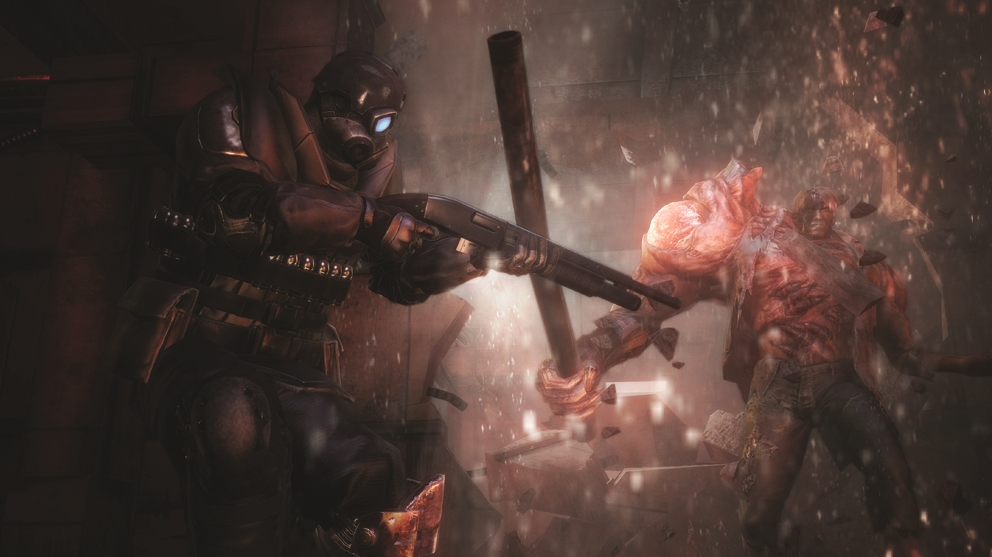
Hands-On Horrors of The Other Side
If you’ve ever had to fix something you have little to no experience fixing, you’ll know the panicky terror and frustration that arises from that situation. Time ticks away, the Google guide you used did nothing to help, and you know it’s now or never if this next trick doesn’t work. The sliding doors of relief and despair. Your own hands and mind cannot see you through and it. is. Terrifying.
To be honest, it doesn’t have to be for anything important in order to have that effect. My launch PS3 was a bastard for ruining my day in its final months. Some weird problem would occur, like no picture or an endless load and I’d panic as I fumbled about trying to fix it because I was practically broke, living in a grubby little room at the back of a hotel bar, and because I was a night porter, I rarely ever got to leave the building to do anything else. So the PS3 was literally my only outlet. Every time that PS3 started to cough its little guts up, I worried that this would be it. This would be the time that a hard reset or wiggling a plug wouldn’t do it.
My own expertise, or lack thereof, in knowing how to fix even the most basic of tech problems (despite being around computers for a good decade by that point) was a source of horror for me, and unsurprisingly, when horror games require me to remember a very particular set of skills to get out of a situation, that feeling comes flooding back.
Just last week, I played a short game called The Other Side by Mike Klubnika, and its D.I.Y. escape room story filled me with the kind of fear I last associated with writing a lengthy article on a site held together with spit, sellotape, and dreams. It presented a simple interface that became strangely difficult when the comfortable circumstances changed.

The Other Side sees you trying to escape an underground commune full of nutters by utilizing an old jury-rigged drill set in a storage room that will carve a doorway to freedom. The problem is the equipment is absolutely fucked, and is likely to fall apart at a moment’s notice. Not exactly great for a speedy, inconspicuous exit now, is it?
During the first phase of The Other Side, there’s no time limit. A computer screen tells you what you need to do, and you patiently go around the one small room the game is confined to and pick up and use the various tools and pieces needed as the drilling machine predictably falters. These tasks range from changing the fluids to replacing the drill bit. The wait for the machine to do its job is already agonizing without a time limit and with simple problems to solve. So when the second phase kicks things up a few notches, it’s Hell Town.
Before the second phase begins, there’s a pointed warning that there will be a time limit because the alarms will go off, and security will be coming your way in a matter of minutes. You know what to do now, though, so no big deal, right?

I’ve never so much as seen a single photograph of him, but I can almost see the malicious glee in Mike Klubnika’s eyes at what he planned next. The machine does indeed still break down on occasion as it finishes that ragged metal door to freedom, but now more than one thing can fail at a time, and suddenly that order I had fallen to the wayside as the pressures of a time constraint muddle up rational, logical thinking, and sees me make sloppy mistakes in regards to optimum efficiency for the task at hand. As the timer ticks ever closer to zero, I realize the thing I should have handled first in the last leg of the machine’s run has been forgotten, and the chances of charging up the battery for the drill in time now are unlikely. I’ve failed, and the dread sets in as I miserably try in vain to do it anyway.
Sure, this isn’t a problem for everyone, but I know my failings in such situations, and perhaps that puts a psychological tax on my efforts ahead of actually carrying them out. The Other Side is also just very well put together. A Nerve shredding game that pays off in failure as well as success. The best hits of horror are always personal, and what we lack in life is the greatest source of trauma. So when a video game comes along and rubs your nose in that, it’s hard not to admire the craft of that.
Check out DreadXP for more reviews, editorials, and interviews.




